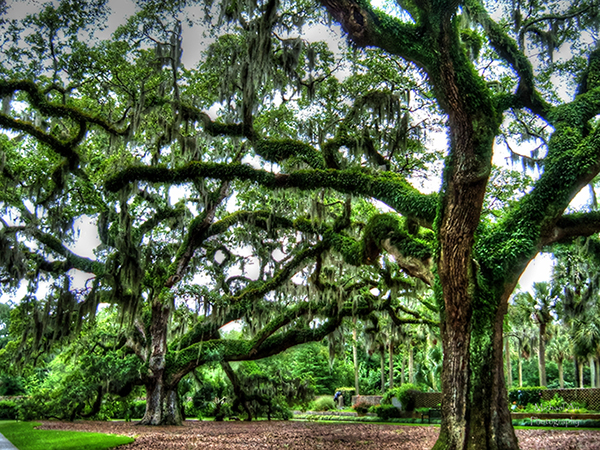News And Advice From The Leading Thousand Oaks Tree Trimming Company
Mature Tree Care: Part 1
In Thousand Oaks and throughout the Conejo Valley, we enjoy a Mediterranean climate that is ideal for many type of trees to flourish. Even with our wonderful climate, though, trees require care as they mature. Kind of like people, when trees get to middle age, they need some tender loving care! The good news is that tree care is actually an investment. Healthy trees not only beautify your yard, purify the air, and save energy by providing cooling shade in the summer and protection from winter wind — they also actually increase your property value.

That’s why it pays to learn the basics of routine maintenance, including tree inspection, mulching, fertilization, pruning and tree removal. Regular tree maintenance will help you ensure your trees’ value and could quite possibly prevent the development of costly problems in the future. Conscientious tree care can identify problems and correct them before they become damaging or fatal.
Tree Inspection
To keep your trees healthy and good looking, it’s good to inspect them once a year. That way, if there is a problem, you can catch disease, insect infestations or an environmental problem before they become more serious. A complete inspection checks on four aspects of health that indicate the tree’s overall vitality. These include new leaf or bud formation, leaf size, twig growth and an evaluation of crown dieback — which is indicative of the gradual death of the upper part of the tree.
If there’s a reduction in growth, it’s a pretty reliable indication that the tree’s health has changed. Trees have predictable growth patterns, and one way to spot that pattern is to look at twig growth from past years.
There are other pretty obvious indications of poor tree health, such as trunk decay or crown dieback. If these are apparent, however, the health problem is not new — these are indicators of problems that can take years to develop. A little less obvious symptoms of poor health are loose bark and deformed growths, which are often signs of stem decay.
If you spot any of these abnormalities in your trees — including insect activity, and spotted, deformed, discolored, or dead leaves and twigs — take some notes about your observations and then inspect the tree again every month for a few months. If the problems persist, give us a call. We can perform a thorough inspection and get to the real issue.
Mulching
We’ve talked about mulching before, specifically in regard to proper technique when you add mulch around your trees.
But it’s also good to have an understanding about how mulching affects tree health. It can actually create better, less stressful surroundings for your trees by providing a moderate root environment with fewer temperature and moisture extremes. A good layer of mulch can also keep weeds and grass from competing for nutrients. It’s also a good way to help ensure you or anyone don’t get to close to the base of the tree with lawn care equipment. Finally, mulch — especially if it’s made from plant matter — will add nutrients to the soil as it decomposes and help improve overall soil biology.
The best mulch is composed of plant matter such as shredded leaves, pine straw, peat moss or composted wood chips. To lay down mulch properly, place it two to four inches deep and cover as much of the root system as possible. When placing mulch, it’s also important not to cover the actual trunk of the tree. Keep mulch about two inches away from the trunk — that should be fine for avoiding overly moist bark conditions.

